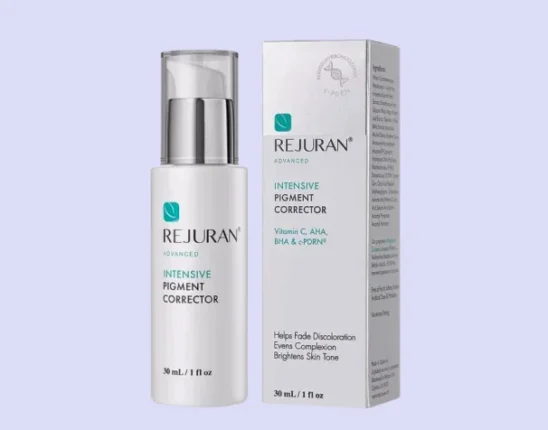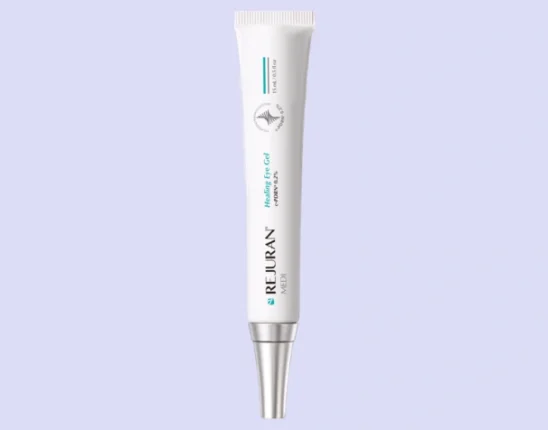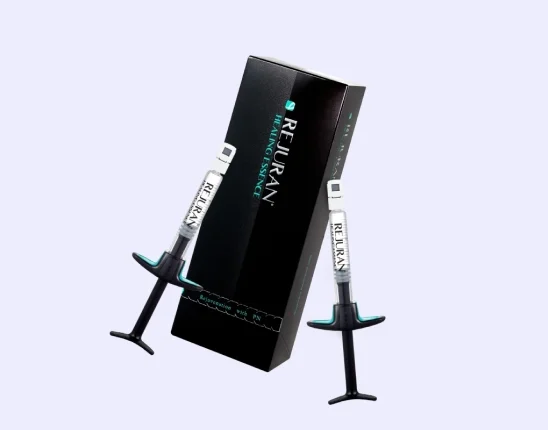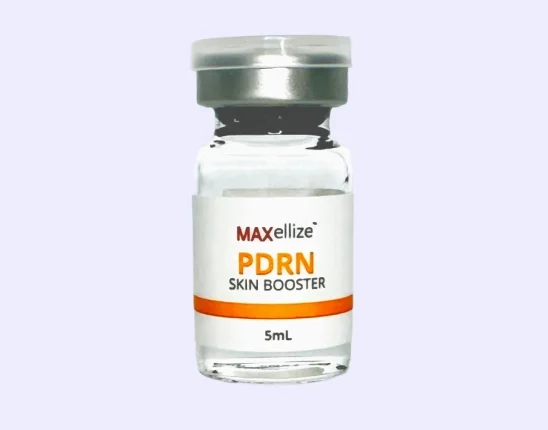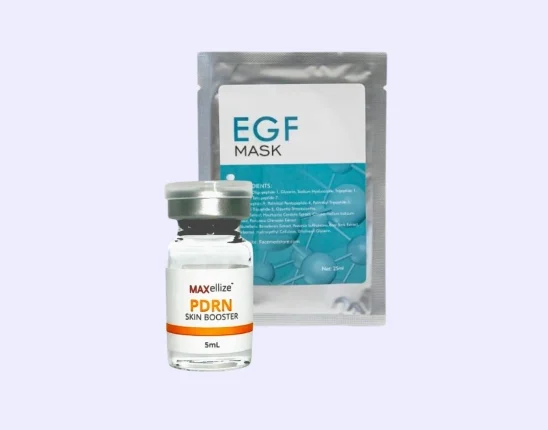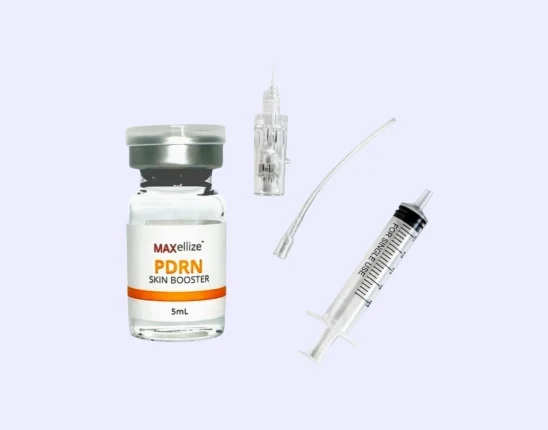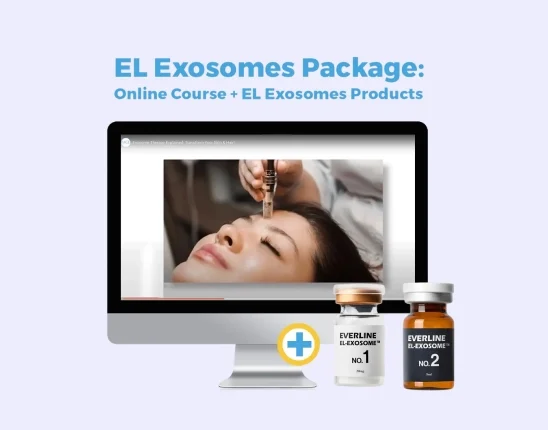Growth factors are groups of potent mitogens and cytokines that induce cell production, cell proliferation, and cell differentiation throughout the human body. Depending on the protein sequence released, growth factors can induce anything from bone tissue repair to fetal growth. Some kinds of growth factors include the platelet-derived growth factor, which has been gaining popularity recently.
So what is a platelet-derived growth factor? As the name suggests, platelet-derived growth factor (PDGF) is a stimulant commonly created by human platelets and released to induce different types of cell growth. In particular, the platelet-derived growth factor is linked to the formation of new blood vessels and maintaining pre-existing blood vessels though they can also induce mitogenesis of mesenchymal cells.
What is Platelet-Derived Growth Factor
Platelet-derived growth factor is primarily synthesized and secreted by platelets, but it’s also produced and released by smooth muscle cells, endothelial cells, and activated macrophages.
Platelet-derived growth factors work closes while the venous and vascular systems as they are necessary for the proliferation of blood vessel cells as well as the maintenance and repair of healthy blood vessels throughout the body.
They’re also useful in the development of fibroblasts, osteoblasts, tenocytes, vascular muscle cells, stellate cells, fibrogenic cells and other types of mesenchymal cells as well as mesenchymal stem cells.
In addition to creating new cells and repairing damaged tissues, platelet-derived growth factors aid in the gene expression of developing babies in vitro during the monocytes-macrophages and fibroblasts stages of pregnancy.
Overall, platelet-derived growth factors play important roles throughout the body from fetal development up to adulthood as they create new cells and repair damaged tissues when necessary.
What are Platelet-derived Growth Factors Used For?
In general, platelet-derived growth factors function as any other growth factor would. They’re beneficial in cell proliferation of different cell types, wound healing, and the general growth and upkeep of the human body.
However, there are specific tasks that platelet-derived growth factors take on throughout the different stages of human development as well as treating several health concerns you may face. Here are some of the things your body uses platelet-derived growth factors for:
1) Human Infant Lung Development
As mentioned earlier, platelet-derived growth factors play a crucial role in fetal and embryonic development as it signals necessary cell proliferation for tissue and organ creations.
While many different growth factors also play a part in fetal development, scientists have found that platelet-derived growth factors in particular induced cell culture development past the 16-cell stage.
With the transition into the 16- cell stage, the study showed that PDGF and its involvement in embryonic cell production would eventually result in the completion of the fourth cell cycle.
Additionally, previous studies have shown that platelet-derived growth factors are vital in fetal lung development and human lung tissues. According to the study done on fetal rat lungs, platelet-derived growth factors induced the creation of airway epithelial cells and mesenchymal cells necessary for normal lung development.
2) Cardiovascular System
Platelet-derived growth factor plays a vital role in the creation and maintenance of blood vessels cells and subsequently your cardiovascular health. For blood to flow effectively, you need to have strong and healthy veins that can withstand a certain level of pressure.
Though it’s normal for blood vessels to experience pressure and strain, PDGF is meant to ensure that specific cell types like endothelial cells needed for their maintenance are made by the body.
In previous studies done on fetal subjects, the removal of PDGF in their system leads to death in less than 10 days due to cardiac issues. While the complete absence of PDGF is unlikely, If you have low levels of PDGF, it’s possible for your blood vessels to thin out over time. In the worst-case scenario, this could lead to aneurysm and death.
3) Chronic Ulcers and Open Wounds
With the natural healing properties and injury response of platelet-derived growth factors, studies have found that boosting its concentration levels in the body can be beneficial to chronic wounds and ulcers.
While the platelet-derived growth factors naturally found in your body can heal wounds and ulcers, when a patient has a chronic condition, they’ll need special treatment and additional growth factors for their body to have an effective injury response.
To boost the concentration of platelet-derived growth factors and treat chronic ulcers, scientists have developed varying treatments wherein growth factor concentrates are directly injected or topically administered to the wound area.
Through the repair process, the PDGF boosts the production of connective tissue cells and epithelial cells in the area effectively closing the wound. With induced cell mitigation and proliferation, ulcers should not only heal faster but should also be less likely to reappear.
4) Bone Regeneration
Like chronic ulcers, higher concentrations of platelet-derived growth factors can be beneficial to bone injuries and their recovery process. While the PDGF created by your body will work to repair the blood vessels and damaged tissues in the injured areas, with such an extensive trauma like bone fractures, your body’s natural response to injury may not be enough.
With the proven benefit of PDGF in vitro bone formation, studies have been conducted wherein PDGF concentrates were injected into the injury side and used as a therapeutic treatment for bone injuries.
PDGF aids in bone healing by causing cell migration to the injured area and promoting blood flow and inflammation to the area. This cell migration will allow oxygen and nutrients, and other numerous cells to begin the natural healing process of the body.
While further studies are needed to learn the extent of PDGF and its relation to adult bone healing, the administration of PDGF to bone injury patients has shown great promise in its ability to speed up the recovery process and aid in the proliferation of cell types needed for bone regeneration.
5) Hair Growth
While not as medically pressing as the conditions previously mentioned, platelet-derived growth factors could help with hair growth and hair loss. With the expression levels of PDGF in the hair follicle epithelium being a determining factor of hair growth, a reduced expression pattern may lead to hair loss.
This is because PDGF helps induce the active hair growth phase of hair and helps maintain long hair. While you may be experiencing hair loss due to genetics or a medical condition that affects necessary amino acids for hair development, boosting PDGF concentrations in your body has been shown to benefit hair growth significantly.
In a previous human study, the local application of PDGF on patients proved to be effective in stimulating hair follicle cells into the active hair growth phase and producing new hairs. The most common treatment used to boost hair growth through PDGF is PRP therapy or PRP injections.
Taken from the patient’s own platelet supply, the plasma containing PDGF is injected directly onto the scalp to stimulate the scalp and induce hair development.
Dangers of Platelet-Derived Growth Factors
While there are many benefits of platelet growth factors for numerous cells and organ functions, it’s important to know the possible negative effects it could have. Most treatments will try to increase the PDGF levels found in your body to boost its natural response to injury and recovery.
However, PDGF could actually help cancer develop faster than intended, especially with its ability to increase cell proliferation.
Meanwhile, chemotherapy and radiation are meant to destroy cancer cells and target tumor masses that cause harm to the body. While radiation is very aggressive and can destroy these types of hazardous cells, PDGF has been shown to sometimes interfere with its effectiveness.
Due to its ability to cause cell proliferation and aid in cell survival, it can sometimes cause cancer and tumor cells to proliferate and grow as well. In the case of tumors and cancer cells, inhibitors of PDGF used in conjunction with chemotherapy have actually been proven to enhance the effectiveness of the radiation.
By inhibiting the platelet-derived growth factor receptor, the chemical signal used to reproduce the tumor’s stromal cells is blocked allowing for limited cancer cell survival after radiation.
Buy Beauty and Medical Tools and Supplies From FACE Med Store!
Treatments utilizing growth factors including platelet-derived growth factors have been significantly rising in popularity throughout the years. Growth factor treatments and procedures, whether administered using injections or topical solutions, have been shown to deliver results with minimal risks and downtime to the patient. From treating bone injuries to boosting hair growth, the therapeutic use of growth factors can treat an array of conditions under the supervision of medical experts and the high-quality tools and supplies they use during procedures.
Here at FACE Med Store, we believe that medical professionals should have easy access to medical-grade equipment and tools at an affordable price. That’s why we take pride in offering the best medical devices and equipment at competitive prices to all our clients across the country. If you’re in search of a particular device or tool, contact us today to see our stock list and purchase today.
